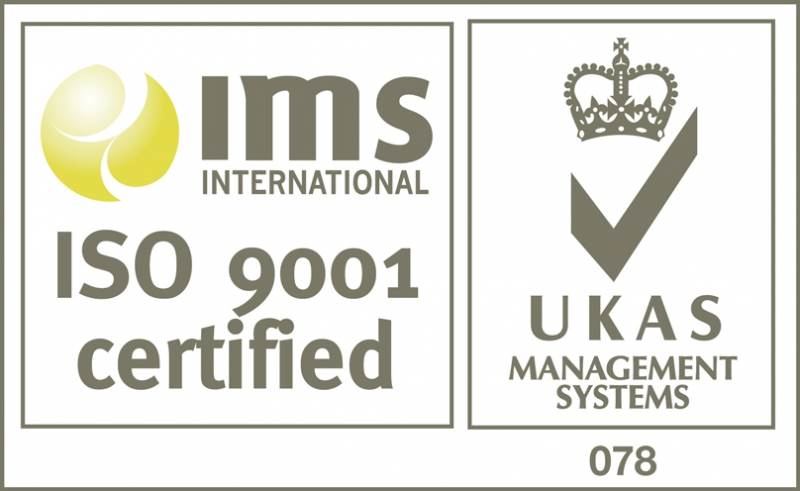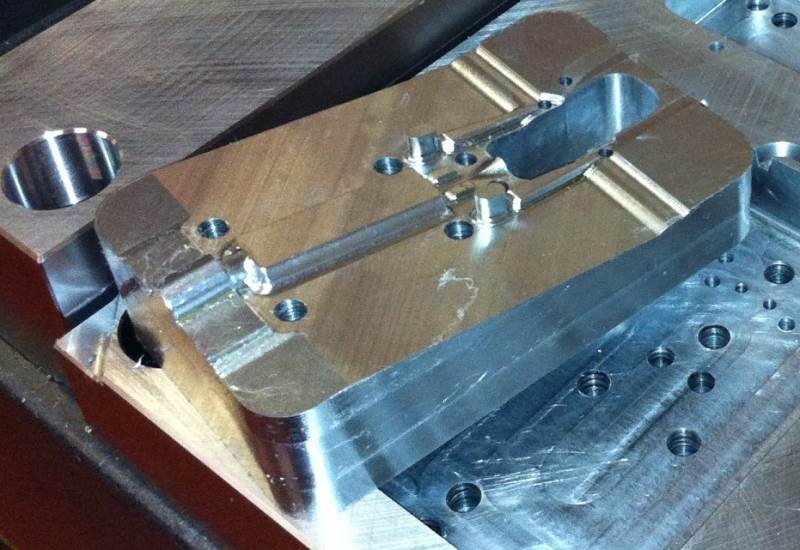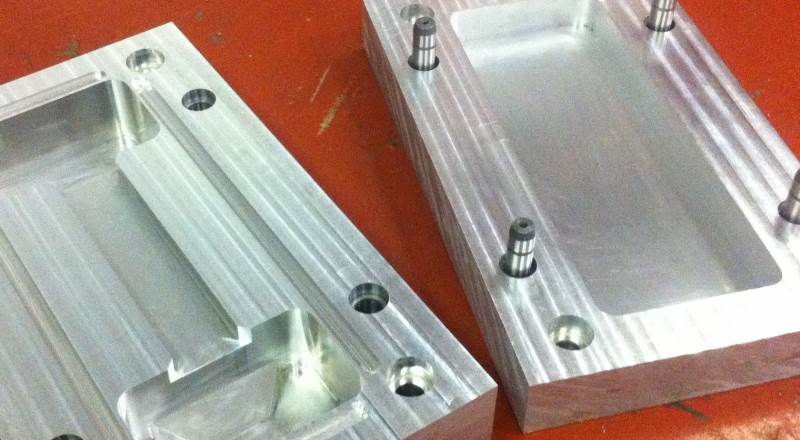- Contact 0870 350 7767
- |
- Advertise
Home > Plunkett Associates Ltd > Should I use SLA or SLS for my prototype?
Should I use SLA or SLS for my prototype?
 News and PR from Plunkett Associates Ltd - Published 26 April 2017
Need a prototype, and are thinking additive manufacturing, but not sure whether to go Stereolithography (SLA) or Selective Laser Sintering (SLS)?
Our simple to follow, step by step guide should help.
News and PR from Plunkett Associates Ltd - Published 26 April 2017
Need a prototype, and are thinking additive manufacturing, but not sure whether to go Stereolithography (SLA) or Selective Laser Sintering (SLS)?
Our simple to follow, step by step guide should help.
Q1 Toughness  what are you going to do with it?
If you are planning on throwing your part around, then we need to be thinking SLS! Parts made by SLS are typically nylon and hence tougher than the average SLA resin.
Years ago we built a 3 Â 4mm wall section, box type part in SLS and I parked my car on it, to prove a point.
SLA resins continue to improve but they are generally not in this league.
Q2 Surface finish  rough or smooth?
Presuming that we are not going to dress the parts, as this always adds cost, and surface finish is important, then you need SLA.
SLS is like a course spark finish, SLA is closer to a moulded plastic part.
Q3 Clarity  do you need to see through it?
SLS, no chance!
SLA, some resins are translucent and some are clear. To get the clarity you will need to polish/dress the Âas built part.
Q4 Flexibility  hard or floppy?
SLS will allow you to build parts that bare a resemblance to TPE/rubber, whereas SLA works with hard materials. You will not get a range of hardness options (Shore A) but sometimes anything floppy is better than something hard!
Q5 Accuracy  how accurate is accurate?
These are all generalisations, but typically my money would be on SLA giving a more accurate part than SLS. Yes it depends on machine calibration and a host of other things but if you are in to measuring fractions of a mm then you want SLA.
Q6 I need something to test?
This is like the proverbial bit of string!
If you are checking IPXX, then accuracy of seal groves and quality of mating surfaces will be very important, go SLA.
If you are going to bolt it on a car and do 10,000km, go SLS.
If it's a temperature test, be careful! This can get geometry specific quite quickly. Some of the specialist SLA resins are good with temperature but ultimately it's the softening point that is your key combined with the service loads.
Q7 Cosmetics  exhibition models?
SLS will usually take more time (hence cost) to dress to a cosmetic finish than an equivalent SLA part but either will work...
Q8 Can I have hollow parts?
SLA requires support structures unless the part can be angled/designed to avoid them. As such access is required to remove them and this must be allowed for.
SLS uses the lose powder to perform this function, so as long as this can be shaken out there is less of a problem.
Q9 Do you need the parts yesterday or last week?
This is more about who you can find who has the capacity to do the job NOW!
SLS is a thermal process that requires the build to heat up and cool down  otherwise the parts distort like anything. However there are no supports so once cool the parts are almost instantly usable.
SLA requires supports but these can be constructed automatically and removed relatively quickly.
Possibly more importantly the economics of SLS require that the build is filled with parts, whereas SLA can run with a partial build.
Finally, it is possible to add parts to a running SLS build but not to an SLA build...
If you are planning on throwing your part around, then we need to be thinking SLS! Parts made by SLS are typically nylon and hence tougher than the average SLA resin.
Years ago we built a 3 Â 4mm wall section, box type part in SLS and I parked my car on it, to prove a point.
SLA resins continue to improve but they are generally not in this league.
Q2 Surface finish  rough or smooth?
Presuming that we are not going to dress the parts, as this always adds cost, and surface finish is important, then you need SLA.
SLS is like a course spark finish, SLA is closer to a moulded plastic part.
Q3 Clarity  do you need to see through it?
SLS, no chance!
SLA, some resins are translucent and some are clear. To get the clarity you will need to polish/dress the Âas built part.
Q4 Flexibility  hard or floppy?
SLS will allow you to build parts that bare a resemblance to TPE/rubber, whereas SLA works with hard materials. You will not get a range of hardness options (Shore A) but sometimes anything floppy is better than something hard!
Q5 Accuracy  how accurate is accurate?
These are all generalisations, but typically my money would be on SLA giving a more accurate part than SLS. Yes it depends on machine calibration and a host of other things but if you are in to measuring fractions of a mm then you want SLA.
Q6 I need something to test?
This is like the proverbial bit of string!
If you are checking IPXX, then accuracy of seal groves and quality of mating surfaces will be very important, go SLA.
If you are going to bolt it on a car and do 10,000km, go SLS.
If it's a temperature test, be careful! This can get geometry specific quite quickly. Some of the specialist SLA resins are good with temperature but ultimately it's the softening point that is your key combined with the service loads.
Q7 Cosmetics  exhibition models?
SLS will usually take more time (hence cost) to dress to a cosmetic finish than an equivalent SLA part but either will work...
Q8 Can I have hollow parts?
SLA requires support structures unless the part can be angled/designed to avoid them. As such access is required to remove them and this must be allowed for.
SLS uses the lose powder to perform this function, so as long as this can be shaken out there is less of a problem.
Q9 Do you need the parts yesterday or last week?
This is more about who you can find who has the capacity to do the job NOW!
SLS is a thermal process that requires the build to heat up and cool down  otherwise the parts distort like anything. However there are no supports so once cool the parts are almost instantly usable.
SLA requires supports but these can be constructed automatically and removed relatively quickly.
Possibly more importantly the economics of SLS require that the build is filled with parts, whereas SLA can run with a partial build.
Finally, it is possible to add parts to a running SLS build but not to an SLA build...
Other announcements from Plunkett Associates Ltd
-
Plunkett associates quality system is now iso 9001:2015 certified!
In March 2016 we announced we had received our ISO 9001:2008 certification. Less than 2 years on, we are proud to say we have just received notification of our updated certification to ISO 9001:2015!
09 May 2018
-
Plunkett's are adept!
We would like to welcome you to Adept Precision! Adept is a sister company set up by Plunkett Associates and is represented by them in the UK.
09 May 2018
-
Bridge Tooling what is it and when should I use it?
Bridge tooling, otherwise known as development tooling or rapid tooling describes the process whereby moulded parts are produced at an early stage in the product development cycle.
08 Aug 2017
-
Should Aluminium be considered as a tooling material?
We believe aluminum tooling offers significant benefits in the right applications:
26 Apr 2017






